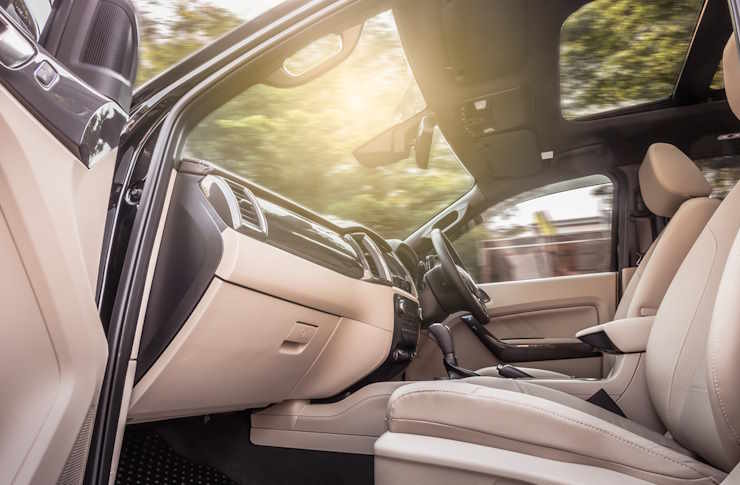Car Wellness Tech: The Next Big Thing in Automotive Innovation
Automobiles have long been seen as mere commodities, designed for transportation from one point to another. However, the dawn of the 21st century has witnessed a seismic shift in this perception. Cars are no longer just about transportation; they are about the driving experience itself. One of the latest trends in this context is the advent of car wellness technology, a concept that aims to integrate health and well-being features into modern vehicles.

The Genesis: An Emerging Market
A few years back, the idea of wellness technology in cars would have sounded like something from a sci-fi novel. Today, it’s a rapidly-growing trend that’s catching the attention of auto manufacturers and consumers alike. It’s based on the premise that since we spend a significant amount of our time in cars, why not make this time beneficial for our health and well-being? This has led to the development of a variety of wellness technologies, ranging from personalized climate control to advanced seat massage functions and mood-enhancing ambient lighting.
The Pioneers: Leading the Charge
Leading automakers like Mercedes-Benz, BMW, and Audi have been quick to catch onto this trend. For instance, Mercedes-Benz’s Energizing Comfort Control, available in its high-end models, offers a variety of wellness features. These include a massage function, ambient lighting, climate control, and even a fragrance dispenser. BMW’s ‘Gentleman Function’ adjusts the passenger seat for optimal comfort, while Audi’s ‘multi-sensory experience’ brings wellness to its occupants through a combination of ambient lighting and bespoke fragrances.
Beyond Luxury: Mainstream Adoption
While it’s true that wellness tech has been primarily seen in luxury vehicles, the trend is slowly trickling down to mainstream models. For example, Ford’s Focus model introduced an air filtration system that purifies the cabin air, removing allergens, pollutants, and even odors. Hyundai has also introduced a ‘Smart Air Purification system’ that continually monitors air quality and purifies the air accordingly.
The Challenges: Cost and Perception
Yet, the introduction of wellness tech into cars is not without its challenges. Firstly, there’s the cost factor. Integrating wellness tech into cars means increasing the price, which could be a deterrent for potential buyers. Secondly, there’s a need to change the perception of cars from mere transportation modes to vehicles that enhance the quality of life.
Future Prospects: A Thriving Industry
Despite these challenges, the future of car wellness technology looks promising. As our lives become more stressful and time-starved, the appeal of a car that can enhance our well-being while we commute is undeniable. As technology evolves and becomes cheaper, we can expect to see more wellness features in cars, making our driving experience more pleasant and healthier.
- Car wellness technology is a rapidly emerging trend in the automotive industry.
- Leading automakers like Mercedes-Benz, BMW, and Audi have incorporated wellness features into their high-end models.
- The trend is slowly making its way into mainstream cars, with models like Ford’s Focus and Hyundai’s range incorporating air purification systems.
- The main challenges faced by car wellness technology are the cost factor and changing consumer perceptions.
- Despite these challenges, the industry has a promising future, with technology becoming cheaper and the demand for wellness features in cars growing.
In conclusion, the advent of car wellness technology marks a significant shift in how we perceive and use cars. It’s a fascinating new field that combines automotive engineering with wellness science, promising to enhance not just the driving experience but our quality of life as well. As we look forward to future developments in this field, one thing is clear: the journey is just as important as the destination, and our cars are set to play an increasingly vital role in our wellness journey.




